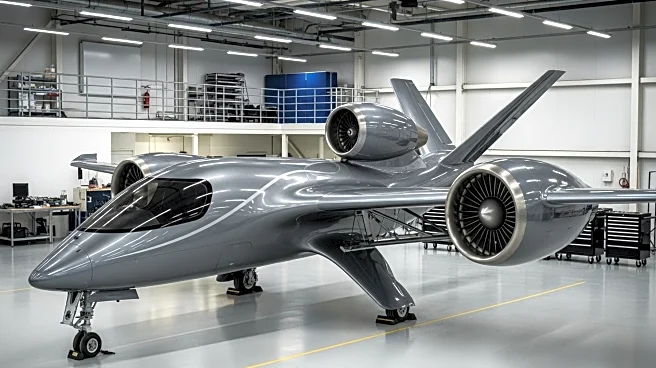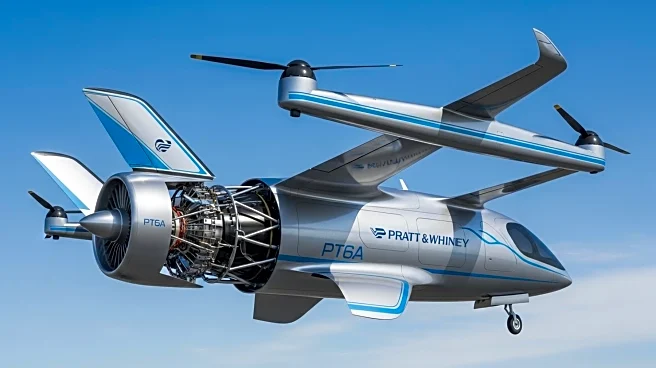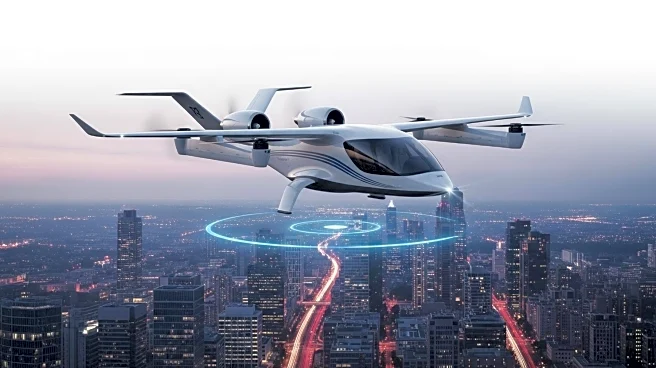What's Happening?
A webinar scheduled for November 19, 2025, will delve into the Advanced Air Mobility (AAM) Concept of Operations (CONOPS) framework, focusing on the integration of vertiports, eVTOLs, and urban air corridors. The event, sponsored by Dassault Systèmes,
aims to provide insights into model-based, simulation-driven planning to enhance stakeholder collaboration and regulatory readiness. The webinar will cover topics such as defining operational scenarios for AAM, optimizing vertiport locations, evaluating sustainability, and aligning urban planners, operators, regulators, and OEMs for seamless integration. Key speakers include Isaac Benzaquen, Paolo Luzzati, and Mike McClary.
Why It's Important?
The development of Advanced Air Mobility systems represents a significant shift in urban transportation, potentially reducing congestion and improving connectivity. By focusing on a robust CONOPS framework, stakeholders can ensure the safe and efficient integration of new technologies like eVTOLs into existing urban infrastructure. This approach could lead to more sustainable urban planning and transportation solutions, benefiting cities and their residents. The webinar's insights are crucial for industry leaders, urban planners, and regulators as they navigate the complexities of implementing AAM systems.
What's Next?
Following the webinar, stakeholders are expected to further explore the practical applications of the CONOPS framework in real-world scenarios. This may involve pilot projects, regulatory discussions, and collaborations between urban planners and technology providers. The insights gained could influence future policy decisions and investment strategies in the AAM sector, potentially accelerating the adoption of urban air mobility solutions.
Beyond the Headlines
The integration of AAM systems raises ethical and legal considerations, such as airspace management, privacy concerns, and environmental impacts. Long-term, the successful implementation of AAM could transform urban landscapes, influencing cultural perceptions of transportation and mobility. As cities adapt to these changes, there may be shifts in workforce demands and urban planning priorities.













